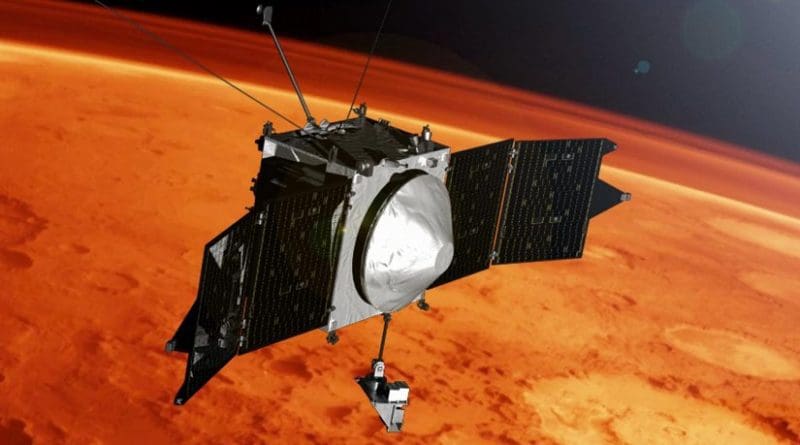Practical Steps In Preparation For Manned Mission To Mars
NASA hopes to send a manned mission to Mars in the mid-2030s. On a planet where temperatures can fall to -125C generating energy presents a key challenge and new techniques are about to be tested. The best equipment needs the people to use it, so resilience experiments are also under way.
To tackle the challenge of energy generation, NASA will test two-meter high reactors, developed as part of the ‘Kilopower’ project, in the Nevada desert in September. This comes 52 years after it first put a nuclear reactor into orbit. Quoted in the UK’s Times newspaper Lee Mason, principal investigator for the project at NASA’s Glenn Research Center in Ohio, said ‘This is really the first time [since the 1960s] that NASA has seriously developed a reactor for space applications.’
The last fission reactor tested by NASA was the Systems for Nuclear Auxiliary Power during the 1960s, nicknamed SNAP. Its system of radioisotope thermoelectric generators have powered dozens of space probes including the Curiosity robotic rover.
A recent article published by the UK’s Independent newspaper, explains power would be needed to generate fuel, air, and water as well as recharging batteries for rovers and other equipment. If the units pass design and performance tests, NASA will then test them on Mars. A report from the Agency established that 40 kilowatts of power are required for a human expedition to Mars. The reactors currently being developed can generate 10 kilowatts each so four will be required.
Lee Mason told Fox News the units would be launched ‘cold’, ‘The reactors also have a very low radiological inventory at launch – less than 5 curies – so it’s benign (… ) There are no fission products until the reactor is turned on, and that’s when there will be some radiation.’
Solar power is another option, but that would restrict power generation to regions that are exposed to enough sunlight to charge batteries. The moon’s Shackleton Crater, a prime candidate for lunar sorties due to its water resources, is completely dark. The sunniest spots on Mars receive only about one-third the amount of sunlight as Earth does.
Technological developments will need resilient humans to harness them
While the challenges of developing ways to keep people alive and help them flourish in such a hostile environment are being addressed, training is also underway to study team dynamics and the impact of isolation.
On Mauna Loa volcano in Hawaii, six people have just emerged from an 8-month stint in isolation under Mars-like conditions. The Hi-SEAS crew had to get by with realistically limited amounts of water and electricity. They lived on freeze-dried food or food stable enough to stand the duration of the mission. Exposure to the outside world ran to once-a-week sorties into the surrounding landscape while suited up as they would be were they on the real mission. Contact with others was limited to email with a 20-minute delay, which is the lag astronauts would have to deal with on mission.
The Hawaiian volcano was selected because of its physical characteristics; there are very few signs of human existence and plants are scarce at that altitude. The volcano’s geological features provided the crew with the ability to take samples and conduct studies as they would if they reach Mars. While such studies clearly can’t anticipate all elements of a manned mission to such a distant, hostile environment, in a suite of videos posted on the New York Times website, participants explain what they gained from the experience.
Findings from the Hi-SEAS mission will feed into the decisions determining which astronauts are selected for long-duration space travel. In the fourth video, published on 2 July, 2017, the crew answer some of the questions they have been asked by the public, say what they missed most over the 8 months of isolation, describe how they dealt with confrontation and say whether or not, if given the chance, they would still decide to go to Mars.
Cordis Source: Based on media reports

